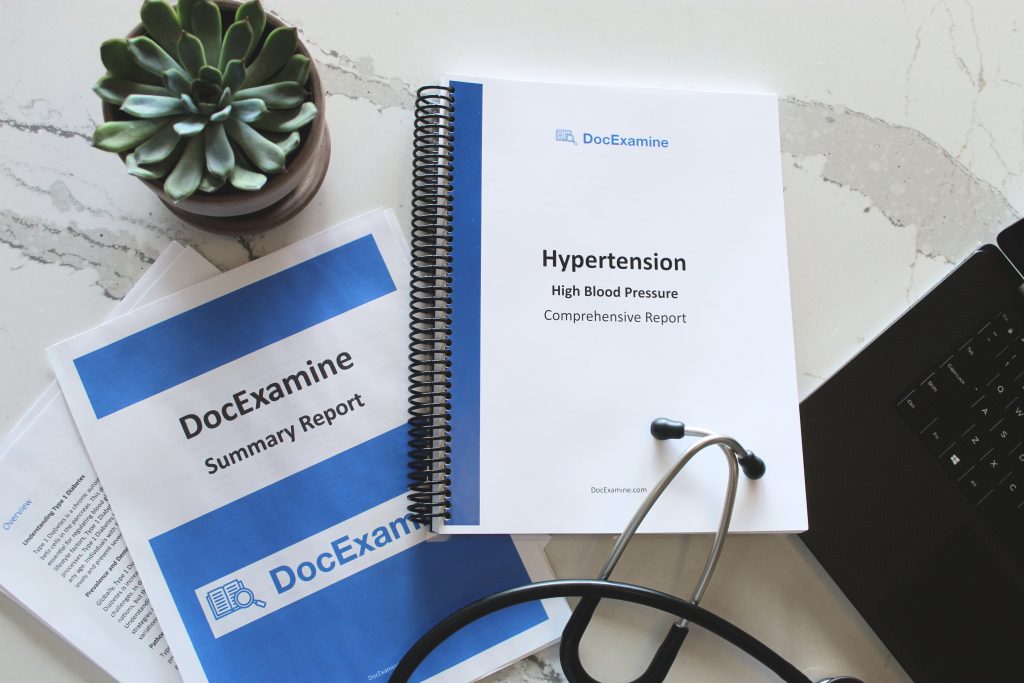
What if your blood held secret clues—clues that could warn you of coronary artery disease (CAD) long before any chest pain strikes? In this post, we reveal some lesser-known indicators, like inflammation markers, elevated Lipoprotein(a), and homocysteine, that may silently be increasing your risk. It’s time to empower yourself with knowledge and take charge of your heart health!
Uncovering the Hidden Culprits Behind CAD
While most of us know that factors like high blood pressure, high cholesterol, and smoking contribute to heart disease, there are hidden risk factors you might never have heard of:
- Inflammation Markers: Chronic inflammation plays a major role in the development of atherosclerosis—the buildup of plaque in your arteries. High-sensitivity C-reactive protein (hs-CRP) is one such marker that can indicate ongoing inflammation, quietly accelerating the narrowing of your arteries.
- Lipoprotein(a) [Lp(a)]: Often overlooked, elevated Lp(a) levels can significantly increase your risk of CAD. This unique cholesterol particle is largely inherited and isn’t easily modified by diet or exercise.
- Homocysteine: This amino acid, when present in high levels, can damage your arteries and promote blood clots, setting the stage for heart attacks.
How These Hidden Risk Factors Work
Inflammation Markers: The Silent Fire
Chronic inflammation can erode the integrity of your arterial walls. An elevated hs-CRP level is like a red flag—it tells your body that something isn’t right. Over time, this persistent inflammation can lead to atherosclerosis, quietly building up plaque that restricts blood flow to your heart.
Lipoprotein(a): The Stealthy Saboteur
Unlike regular cholesterol, Lipoprotein(a) is a genetic risk factor. High levels of Lp(a) can speed up the process of plaque formation, even in individuals who maintain a healthy lifestyle. Since Lp(a) is often under-diagnosed, it’s a hidden saboteur working behind the scenes.
Homocysteine: The Underappreciated Culprit
When homocysteine levels are too high, they can trigger damage to the inner lining of your arteries, making it easier for plaque to form. This damage not only increases your risk of atherosclerosis but also contributes to blood clot formation, both of which can lead to CAD.

Why Preventive Screening Is Key
Because these risk factors often fly under the radar, they’re frequently missed during routine check-ups. However, by including tests for hs-CRP, Lp(a), and homocysteine in your screening, you can catch these issues early. Early detection empowers you to take preventative steps—whether it’s through lifestyle changes, medication, or further diagnostic tests—to reduce your risk of CAD.
Imagine catching a fire before it engulfs your home! Regular preventive screening is your first line of defense against the silent progression of coronary artery disease.
What Can You Do?
- Talk to Your Doctor: Ask about screening tests for hs-CRP, Lp(a), and homocysteine, especially if you have a family history of heart disease.
- Embrace a Heart-Healthy Lifestyle: Focus on a balanced diet rich in fruits, vegetables, lean proteins, and whole grains. Regular physical activity and quitting smoking can make a huge difference.
- Manage Existing Conditions: Control blood pressure, cholesterol, and diabetes with the help of your healthcare provider.
- Stay Informed: Knowledge is power. Understanding these hidden risk factors is the first step to taking proactive control of your heart health.
Conclusion
Coronary artery disease doesn’t always come with the dramatic chest pain we expect. Often, it lurks silently behind hidden risk factors like inflammation markers, elevated Lipoprotein(a), and high homocysteine levels. By staying vigilant and seeking preventive screening, you can uncover these silent threats and take the necessary steps to protect your heart.
Take action today—because your heart deserves to be in tip-top shape!
Read More
- Coronary Artery Disease: The Silent Epidemic Affecting Millions

- The Shocking Truth About Hidden Risk Factors: How to Spot CAD Before It Strikes

- Fatty Streaks to Fatal Events: How Plaque Formation Escalates into Heart Attacks

Sources
- World Health Organization. Cardiovascular Diseases Fact Sheet
- Mayo Clinic. Coronary Artery Disease: Symptoms and Causes
- American Heart Association. Coronary Artery Disease
- Centers for Disease Control and Prevention. Heart Disease Facts
Stay proactive, stay heart smart, and let these hidden risk factors be the wake-up call you need!


